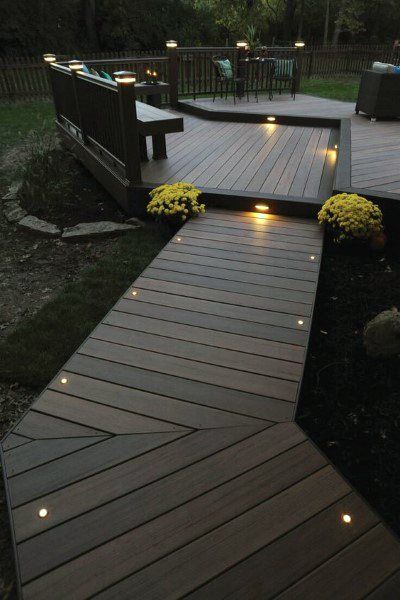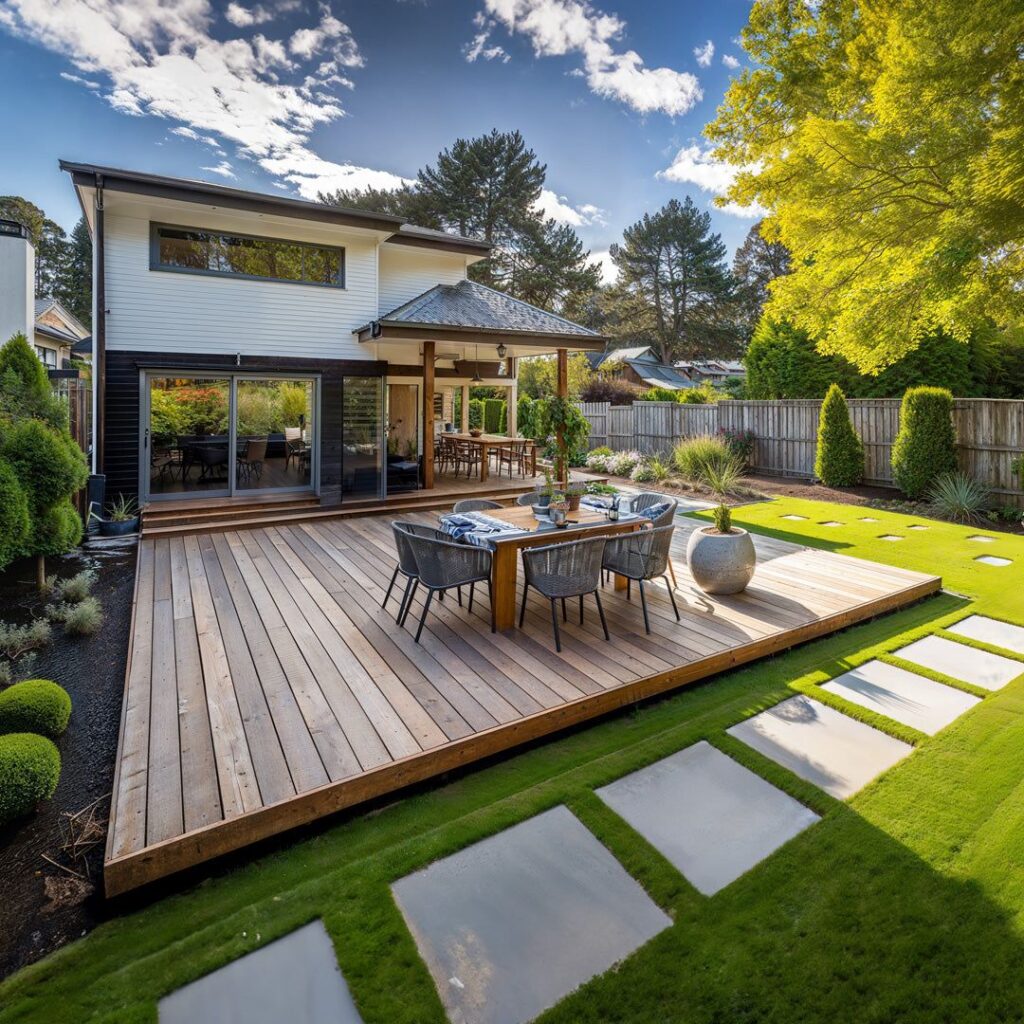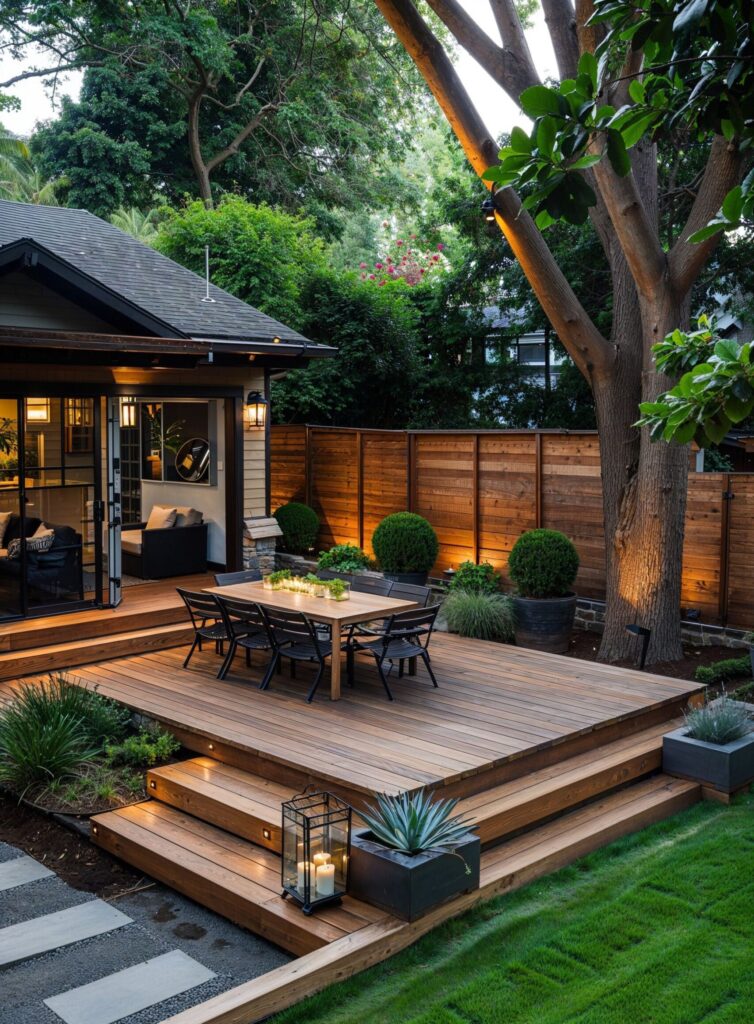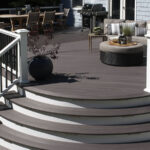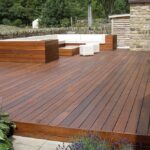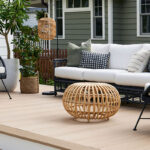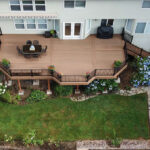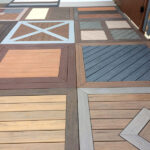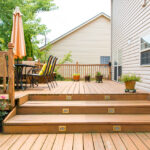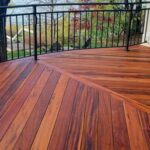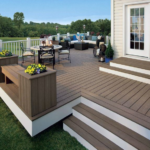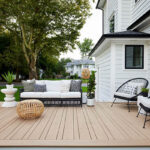Decking designs are an important aspect of creating an outdoor space that is both functional and visually appealing. With the wide range of materials, colors, and layouts available, homeowners have countless options when it comes to designing their perfect deck.
One popular decking material is wood, which gives a traditional and natural look to any outdoor space. Cedar and redwood are commonly used for their durability and resistance to rot and insects. Pressure-treated lumber is another economical option that can be stained or painted to match any design aesthetic.
For a more modern and low-maintenance option, composite decking is a great choice. Made from a combination of wood fibers and recycled plastic, composite decking is resistant to fading, staining, and mold. It is available in a variety of colors and finishes, making it easy to coordinate with any design style.
In addition to the material, the layout of a deck is an important design element. The shape and size of a deck will depend on the available space and how it will be used. From a simple rectangular deck to a multi-level design with built-in seating and planters, there are endless possibilities for creating a unique and functional outdoor living area.
Adding features such as pergolas, privacy screens, and outdoor lighting can enhance the functionality and ambiance of a deck. Pergolas provide shade and a cozy outdoor living space, while privacy screens can create a sense of seclusion and intimacy. Outdoor lighting can extend the use of a deck into the evening hours and create a warm and inviting atmosphere.
Ultimately, the design of a deck should reflect the homeowner’s personal style and the intended use of the outdoor space. Whether it’s a cozy retreat for relaxing and entertaining or a functional extension of the indoor living area, a well-designed deck can enhance the beauty and value of a home. By considering the material, layout, and additional features, homeowners can create a deck that meets their needs and complements their lifestyle.
